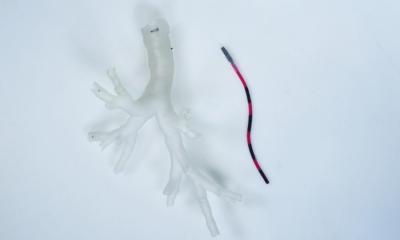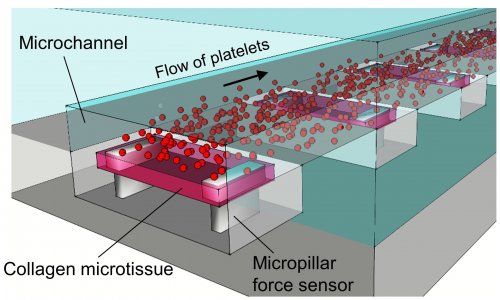The notable risks in the use of bone cement
Used in numerous orthopaedic medical procedures, PMMA is a self-curing two component system that includes liquid and powder components. The liquid is methylmethacrylate monomer, a known deadly toxin, and PMMA toxicity is well documented in medical journals and regulatory publications. After many years of reported patient issues related to PMMA, doctors began calling these surgical complications ‘bone cement implantation syndrome’.
The United States Food and Drug Administration (FDA) recognises that PMMA use has risks. In its guidance document (17 July 2002) the FDA states serious adverse events, some with fatal outcome, associated with the use of acrylic bone cements, including myocardial infarction, cardiac arrest, cerebrovascular accident and pulmonary embolism. In a public hearing on 28 April 1998, Hany Demain, a scientific reviewer in the Orthopaedic Devices Branch, reported on behalf of FDA that, since 1985, ‘95% of reported events related to PMMA were associated with death’.
Polymerisation of PMMA bone cement is an exothermic reaction, which occurs while the cement is hardening in situ. The released heat may damage bone or other tissues surrounding the implant. The liquid monomer is highly volatile and flammable. Ignition of monomer fumes caused by the use of electrocautery devices in surgical sites near freshly implanted bone cements has been reported. Risks associated with PMMA are not limited to patients.
Medical personnel are exposed to harmful PMMA monomer vapours during its mixing and delivery. According to the FDA: ‘…caution should be exercised during the mixing of the two components of PMMA to prevent excessive exposure to the concentrated monomer vapours, which may produce irritation of the respiratory tract, eyes, and possibly the liver. Personnel wearing contact lenses should not be near or involved in mixing this bone cement’. Further, the FDA warns that women of child bearing age should not mix PMMA bone cement at all.
28.10.2010






